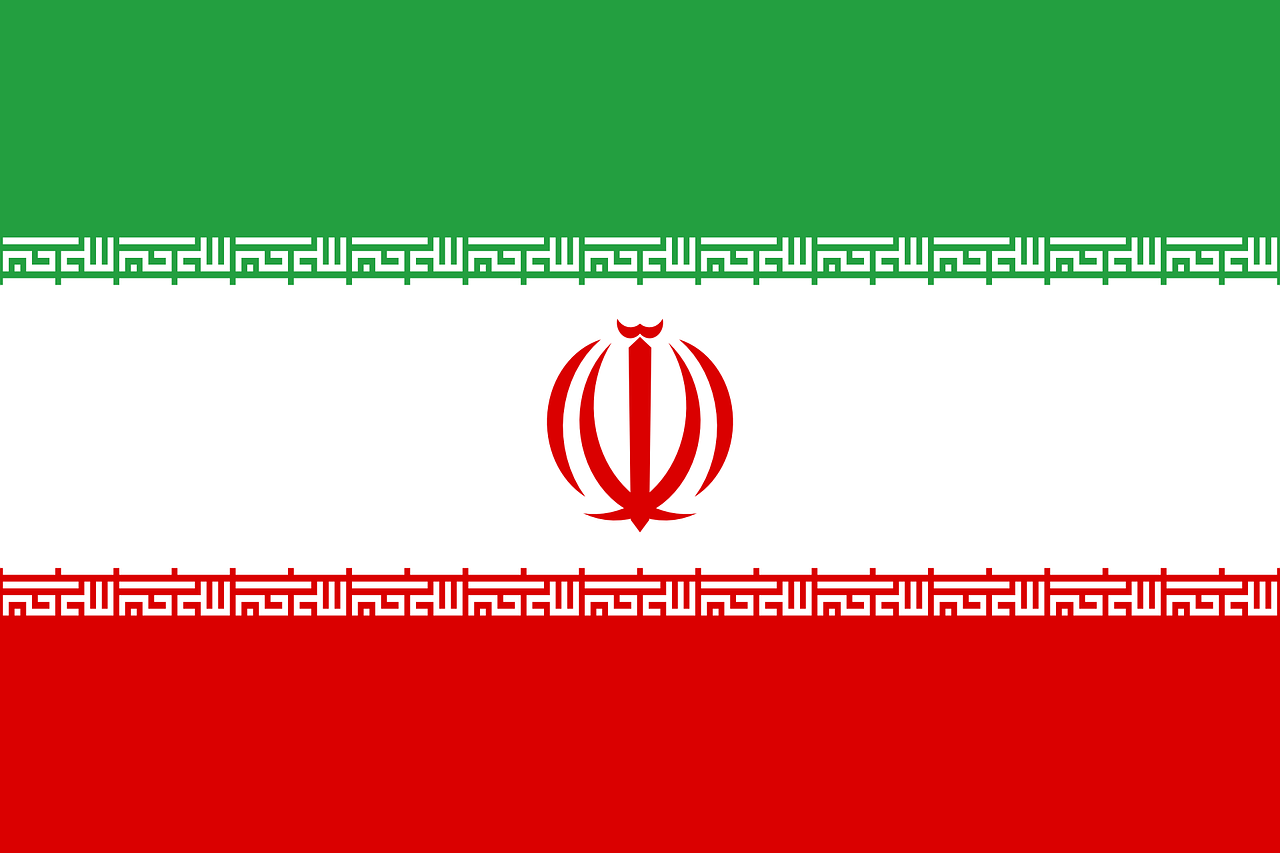Iran`s ‘desert gold’ supplies running low
(MENAFN) In a recent report by the Financial Times, it has been revealed that the world is on the brink of a saffron crisis due to a substantial decline in production in Iran, the leading global supplier of this coveted spice. Saffron, known as the most expensive spice globally, renowned for its distinct flavor, exquisite aroma, and vibrant hue, is facing a severe deficit in the market.
According to the report, this year's saffron yield in Iran, which traditionally accounts for over 90 percent of the world's saffron production, is expected to be less than half of the 2022 harvest. Ali Shariati-Moghaddam, CEO of Novin Saffron, one of Iran's prominent saffron producers and exporters, disclosed that the total production is anticipated to plummet to around 170 metric tons, a stark contrast to the nearly 400 tons harvested in the previous year.
The poor harvest is attributed to changing weather patterns and water shortages, as stated by producers and traders. Mojtaba Payam-Asgari, head of the Torbat-e Jam saffron exchange, explained that extremely low temperatures during the winter, coupled with an exceptionally dry and hot spring and summer, had a devastating impact on the saffron crop. Compounding the issue, thousands of wells intended for irrigation dried up, exacerbating the water scarcity situation.
Experts are raising alarms about the potential worsening of this situation, pointing to climate change as a contributing factor that is altering traditional weather patterns. Mohammad Darvish, an Iranian environmentalist, highlighted Iran's increased vulnerability, particularly in arid and semi-arid saffron cultivation regions, where declining rainfall, soaring temperatures, and increased evaporation are becoming more pronounced.
As a direct consequence of the saffron shortage, the price of the spice has doubled since the previous year, reaching USD1,400 per kilogram in Iran's domestic market and soaring to USD1,800 overseas, according to suppliers. This surge in prices has already impacted Iran's saffron exports, signaling potential challenges for global consumers and industries reliant on this prized spice. The article explores the intricate factors contributing to the saffron shortage, its economic implications, and the broader concerns related to climate change affecting agricultural practices
According to the report, this year's saffron yield in Iran, which traditionally accounts for over 90 percent of the world's saffron production, is expected to be less than half of the 2022 harvest. Ali Shariati-Moghaddam, CEO of Novin Saffron, one of Iran's prominent saffron producers and exporters, disclosed that the total production is anticipated to plummet to around 170 metric tons, a stark contrast to the nearly 400 tons harvested in the previous year.
The poor harvest is attributed to changing weather patterns and water shortages, as stated by producers and traders. Mojtaba Payam-Asgari, head of the Torbat-e Jam saffron exchange, explained that extremely low temperatures during the winter, coupled with an exceptionally dry and hot spring and summer, had a devastating impact on the saffron crop. Compounding the issue, thousands of wells intended for irrigation dried up, exacerbating the water scarcity situation.
Experts are raising alarms about the potential worsening of this situation, pointing to climate change as a contributing factor that is altering traditional weather patterns. Mohammad Darvish, an Iranian environmentalist, highlighted Iran's increased vulnerability, particularly in arid and semi-arid saffron cultivation regions, where declining rainfall, soaring temperatures, and increased evaporation are becoming more pronounced.
As a direct consequence of the saffron shortage, the price of the spice has doubled since the previous year, reaching USD1,400 per kilogram in Iran's domestic market and soaring to USD1,800 overseas, according to suppliers. This surge in prices has already impacted Iran's saffron exports, signaling potential challenges for global consumers and industries reliant on this prized spice. The article explores the intricate factors contributing to the saffron shortage, its economic implications, and the broader concerns related to climate change affecting agricultural practices

Legal Disclaimer:
MENAFN provides the
information “as is” without warranty of any kind. We do not accept
any responsibility or liability for the accuracy, content, images,
videos, licenses, completeness, legality, or reliability of the information
contained in this article. If you have any complaints or copyright
issues related to this article, kindly contact the provider above.
Most popular stories
Market Research

- Kucoin Partners With Golf Icon Adam Scott As Global Brand Ambassador
- Mediafuse Joins Google For Startups Cloud Program To Scale AI-Driven, Industry-Focused PR Distribution
- Solotto Launches As Solana's First-Ever Community-Powered On-Chain Lottery
- 1Inch Unlocks Access To Tokenized Rwas Via Swap API
- Leverage Shares Launches First 3X Single-Stock Etps On HOOD, HIMS, UNH And Others
- Forex Expo Dubai 2025 Returns October 67 With Exclusive Prize Draw Including Jetour X70 FL






















Comments
No comment